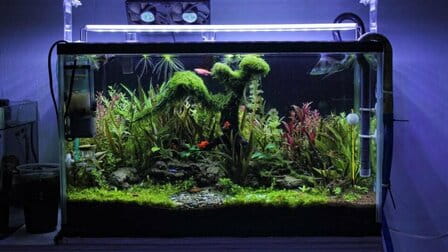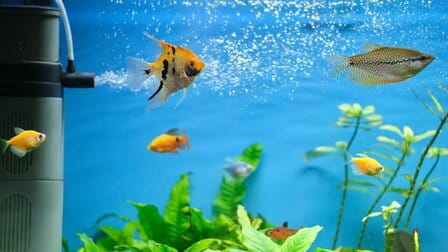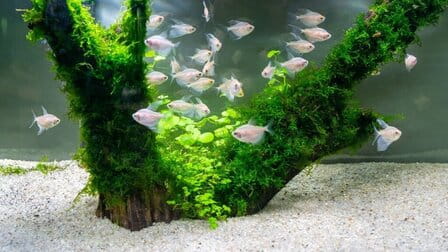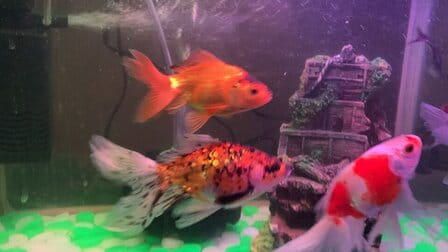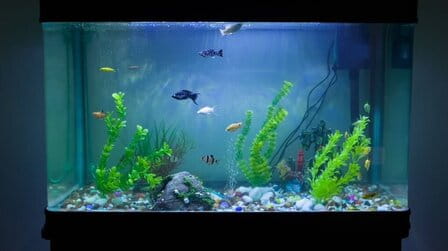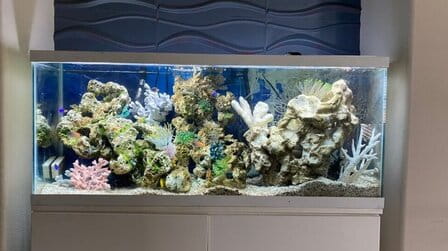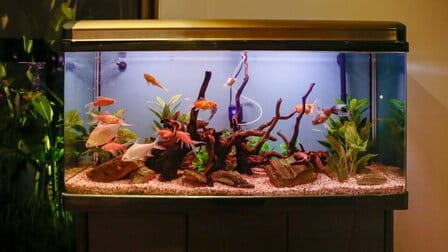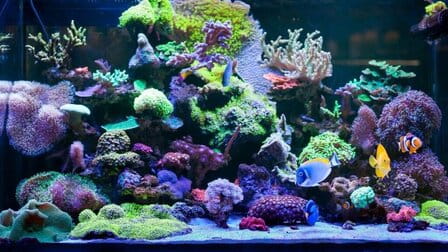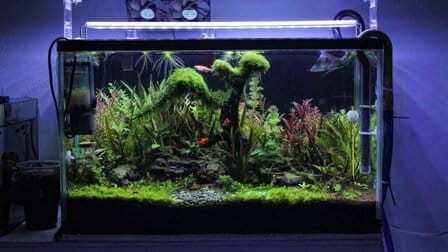Maintaining a clean and healthy environment is crucial for the well-being of your aquarium inhabitants. One of the key components of a successful aquarium setup is an effective filtration system. Aquarium filters play a vital role in removing debris, chemicals, and waste from the water, ensuring optimal water quality for your fish and other aquatic creatures. With a wide range of filter options available, it can be overwhelming to choose the right one for your tank. But fear not! As your friendly aquarium expert, I'm here to guide you through the different types of aquarium filters, their pros and cons, and help you find the perfect filtration system for your aquatic paradise.
Why Do You Need an Aquarium Filter?
Before we dive into the various types of aquarium filters, let's understand why they are essential for your tank:
1. Water Quality: Filters help remove physical and chemical pollutants from the water, such as uneaten food, fish waste, decaying plant matter, and harmful chemicals like ammonia and nitrites. Clean water promotes the overall health and well-being of your fish.
2. Biological Filtration: Filters provide a surface for beneficial bacteria to colonize. These bacteria help break down toxic ammonia and nitrites into less harmful nitrates through the nitrogen cycle, maintaining a stable and healthy aquatic environment.
3. Oxygenation: Some types of filters, like powerheads or air-driven filters, create water movement and surface agitation, facilitating oxygen exchange between the water and the atmosphere. This promotes oxygenation, crucial for the well-being of your fish and other aquatic inhabitants.

Different Types of Aquarium Filters
Let's explore the various types of aquarium filters available, their functions, and their advantages and disadvantages:
1. Hang-On-Back (HOB) Filters:
HOB filters are popular among aquarium enthusiasts for their ease of use and effectiveness. They are easy to install and maintain, making them a great option for beginners and experienced hobbyists alike. HOB filters provide both mechanical and biological filtration, efficiently removing debris and promoting the growth of beneficial bacteria. Additionally, they offer adjustable flow rates, allowing you to customize the water movement in your tank. HOB filters are suitable for most aquarium sizes and are a reliable choice for keeping your tank water clean and clear.
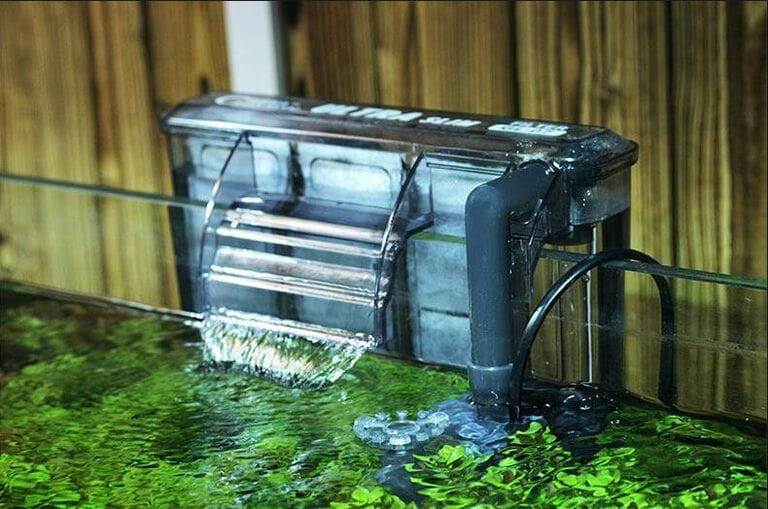
2. Canister Filters:
Canister filters are known for their powerful filtration capabilities, making them ideal for larger tanks or those with a high bio-load. They offer a substantial media volume, allowing for comprehensive mechanical, chemical, and biological filtration. Canister filters also provide flexibility in terms of filter media options, allowing you to tailor the filtration to the specific needs of your aquarium. Another advantage of canister filters is their quiet operation, as they sit outside the tank. While they come with a higher initial cost, their efficiency and low maintenance requirements make them a top choice for serious aquarists.

3. Undergravel Filters:
Undergravel filters offer an affordable option for basic biological filtration. They consist of a perforated plate placed beneath the gravel substrate, with a lift tube connected to an air pump. These filters are easy to install and maintain, making them suitable for small or low-bio-load aquariums. They promote the growth of beneficial bacteria, which help break down harmful toxins in the water. Undergravel filters are a practical choice for simple setups, but they may require regular maintenance and gravel cleaning to prevent clogging and debris buildup.

4. Sponge Filters:
Sponge filters are gentle and effective filters, perfect for small or delicate fish. They provide both mechanical and biological filtration and are affordable and easy to maintain. Sponge filters are especially safe for fry or baby fish, as they do not pose a risk of being sucked into the filter. These filters can also serve as secondary filters in larger aquariums or as breeding tank filters. However, their filtration capacity is limited, making them more suitable for tanks with low bio-loads.

5. Internal Filters:
Internal filters are compact units that sit inside the aquarium, making them a space-saving choice. They offer both mechanical and biological filtration, providing clean and clear water for your fish. Internal filters are easy to install and maintain, making them suitable for small aquariums or as supplemental filters in larger setups. With an adjustable flow rate, these filters allow you to control the water movement to suit the needs of your fish. However, their filtration capacity is limited compared to external filters, and they may require more frequent cleaning and media replacement.
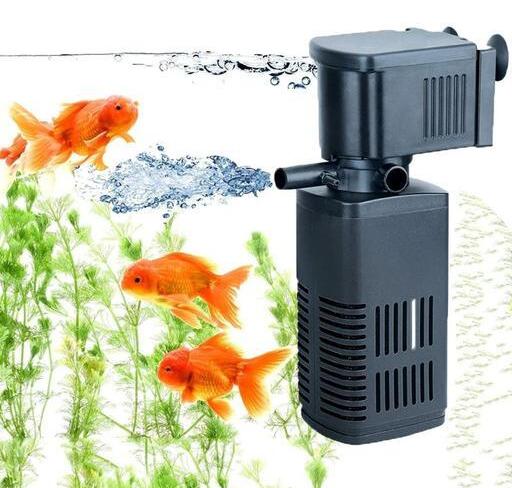
6. Fluidized Bed Filters:
Fluidized bed filters are excellent at providing biological filtration and are especially effective at removing nitrates from the water. They utilize a fluidized media, such as sand or fine granules, to create a moving bed for beneficial bacteria to thrive. These filters are suitable for handling high bio-loads, making them a valuable addition to heavily stocked aquariums. However, fluidized bed filters require proper setup and maintenance, and the media may need periodic replacement to ensure efficient filtration.

7. Wet/Dry Filters:
Wet/Dry filters, also known as trickle filters, are top performers in biological filtration. They utilize a bio-media chamber where water trickles over the media, promoting beneficial bacterial growth. Wet/Dry filters excel at handling large bio-loads and effectively oxygenate the water. They are suitable for both freshwater and marine setups. However, these filters require proper setup and maintenance, and their higher initial cost may be a consideration for some aquarists. Additionally, they may require additional components like a sump for efficient operation.

Choosing the Right Filter for Your Aquarium
When selecting an aquarium filter, consider the following factors:
1. Tank Size: Choose a filter suitable for your tank's size and capacity. Larger tanks or those with high bio-loads may require more powerful filters.
2. Filtration Needs: Assess the specific filtration requirements of your aquarium. Do you need mechanical, biological, or chemical filtration, or a combination of these?
3. Fish Compatibility: Consider the needs of your fish and other aquatic inhabitants. Some species prefer calmer water with less flow, while others thrive in highly oxygenated environments.
4. Maintenance and Ease of Use: Determine how much time and effort you're willing to dedicate to filter maintenance. Some filters require more frequent cleaning and media replacement than others.
5. Noise Level: Consider the noise produced by the filter. If noise is a concern, choose a filter known for its quiet operation.
6. Budget: Evaluate the initial cost of the filter, as well as ongoing maintenance expenses like media replacement.
Conclusion
Choosing the right aquarium filter is crucial for maintaining a healthy and thriving aquatic environment. Each type of filter offers its own set of advantages and disadvantages, so it's essential to consider the specific needs of your tank, fish, and budget. Whether you opt for a hang-on-back filter, canister filter, sponge filter, or any other type, remember to maintain regular filter maintenance and monitor water parameters to ensure optimal filtration efficiency. With the right filter in place, you can enjoy crystal-clear water, happy and healthy fish, and a thriving aquatic ecosystem right in the comfort of your home. Happy filtering!

